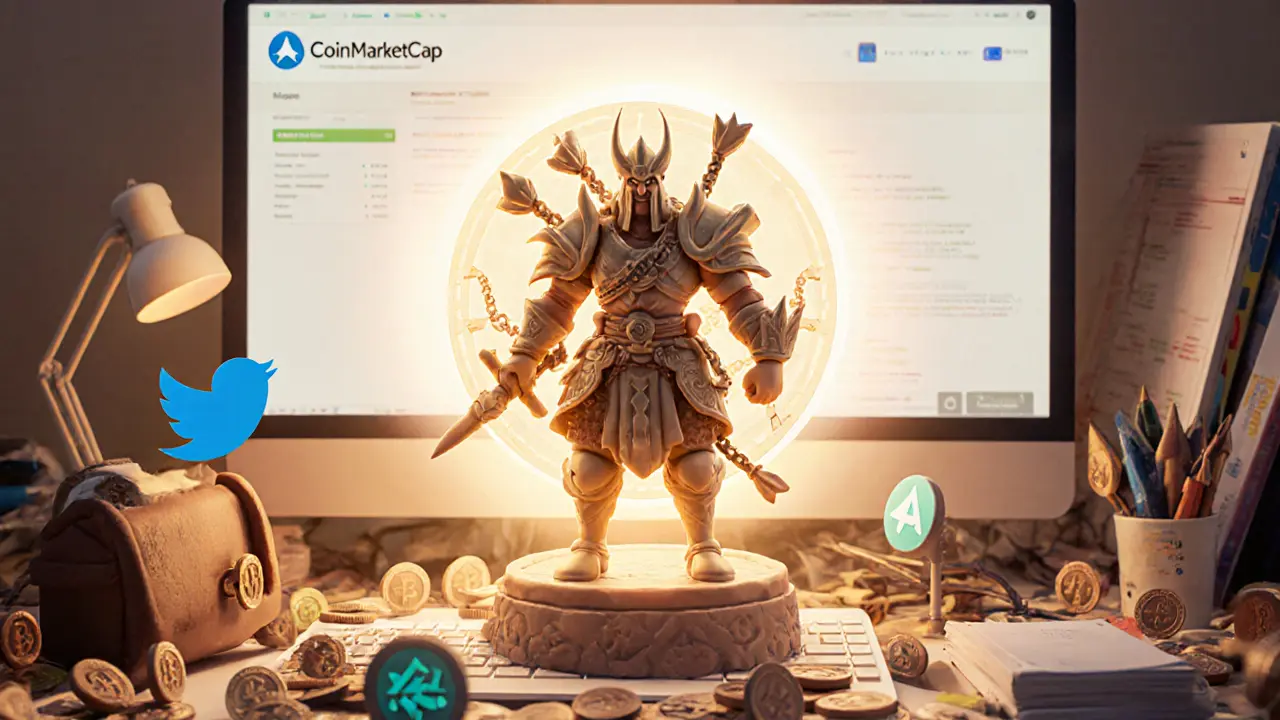CMC NFT Airdrop: What It Is, How It Works, and Which Ones Are Real
When you see a CMC NFT airdrop, a free NFT token distributed through CoinMarketCap to users who complete simple tasks. Also known as CoinMarketCap NFT giveaway, it’s a way for new projects to spread awareness—but most of them are digital ghost towns with zero utility or trading volume. You’re not getting rich off these. You’re signing up for a chance to own a file that might never sell for more than a few cents—if it even shows up on a marketplace.
These airdrops relate to NFT tokens, unique digital assets stored on blockchains like Ethereum or Solana that represent ownership of art, collectibles, or access passes. But not all NFTs are equal. A real NFT token has a clear use case—like event access, game items, or community membership. A fake one? It’s just a JPEG with a smart contract attached. Then there’s CoinMarketCap airdrop, the platform’s official program that lists free token distributions. It’s not a distributor—it’s a directory. If a project pays to be listed, it shows up. That doesn’t mean it’s legit. In fact, most of the top listings on CMC’s airdrop page have no team, no roadmap, and no buyers.
People think free NFTs are free money. They’re not. They’re attention traps. Look at the CMC NFT airdrop entries you’ve seen: SUNI, CHIHUA, others with names that sound like typos. They promise tokens, but when you claim them, the wallet balance stays at zero. The marketplace shows no bids. The Discord is dead. The website is a placeholder. That’s not a project—it’s a bait-and-switch. Real NFT airdrops come from projects with active communities, audited contracts, and real utility. Think NFT tickets for concerts or exclusive game skins. Not some random token named after a snack.
What’s the point of claiming these? Nothing, unless you’re testing how fast scammers move. The ones worth your time are rare. They’re tied to known platforms like OpenSea or Blur, have verifiable teams, and actually list on exchanges after launch. Most CMC NFT airdrops? They vanish within weeks. Your wallet gets cluttered with useless files. Your time? Gone. And if you’re not careful, you might even connect your wallet to a phishing site thinking you’re claiming a freebie.
So what should you do? Skip the hype. If a project has no website, no whitepaper, no social media activity beyond a single post, and it’s only listed on CoinMarketCap’s airdrop page—don’t touch it. Check the token’s contract on Etherscan. See if anyone has traded it. Look for real volume, not fake farming bots. Real NFT airdrops don’t need to beg you to claim them—they’re worth claiming because they do something.
Below, you’ll find real reviews of crypto projects that tried to ride the NFT airdrop wave. Some failed hard. Others were outright scams. A few? They had potential but vanished anyway. You’ll learn what to watch for, who to avoid, and how to spot the difference between a token that’s dead on arrival and one that’s quietly building something real—no matter what CoinMarketCap says.
LFW x CMC NFT Airdrop: How to Get Your Free NFT from Linked Finance World
The LFW x CMC NFT airdrop offers 500 free NFTs to CoinMarketCap users. Learn how to join, what you get, and whether Linked Finance World is worth your time in this detailed guide.
